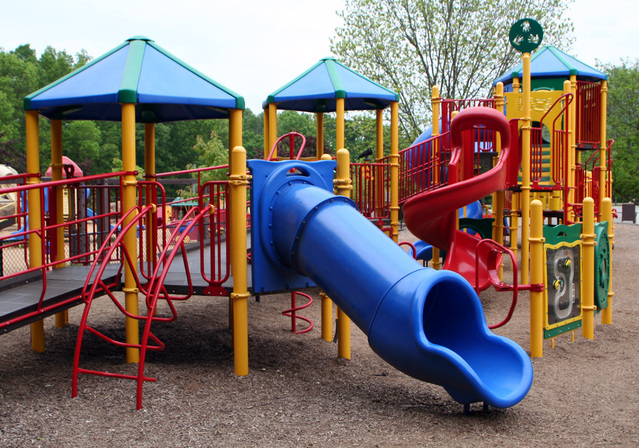The humble pencil is critical in ensuring accuracy among the many tools artisans rely on. While the regular pencil is a staple in everyday life, the carpenter pencil is a specialized tool that stands out in carpentry and construction. This article delves into the key differences between carpenter and regular pencils, highlighting why every artisan should consider adding a pencil to their toolkit.
The Anatomy of the Carpenter Pencil
At first glance, the carpenter pencil might seem like an oversized version of the standard pencil. Still, it boasts several unique features designed specifically for the demands of woodworking and construction. The most noticeable difference is its shape. Unlike the cylindrical shape of a regular pencil, the carpenter pencil has a flat, rectangular body. This design serves multiple purposes: it prevents the pencil from rolling away on sloped surfaces, provides a larger surface area for gripping, and allows for more robust and durable lead.
Another distinguishing factor is the lead in a carpenter pencil. Carpenter pencils use a thicker and more durable lead, usually around 2-4 mm in diameter, compared to regular pencils’ thin, brittle lead. This thickness ensures that the pencil can withstand the rough surfaces and conditions often encountered on construction sites without breaking easily.
Precision in Marking
Marking measurements is one of the primary functions of any pencil in woodworking and construction. The carpenter pencil excels in this aspect due to its durability and ability to create clear, precise marks on various surfaces, including wood, drywall, and concrete. The flat lead can be sharpened to a chisel point, allowing for fine lines or broad strokes depending on the angle and pressure. This versatility is instrumental when marking cut lines, drill points, or measurements on materials prone to chipping or splintering.
With their refined, round lead, regular pencils are more suited to tasks requiring delicate, detailed writing or drawing on smooth surfaces. However, they often need to catch up when used on rougher surfaces in construction, where the lead can easily break or produce faint marks that are difficult to see.
Durability and Longevity
Construction sites and woodworking shops are environments where tools are subjected to heavy use and sometimes rough handling. In these settings, the durability of a carpenter’s pencil becomes a significant advantage. The robust construction of both the pencil body and the lead ensures that it can withstand the rigours of daily use without frequent sharpening or replacement.
Their thinner lead is prone to breaking, and the cylindrical shape can make them easy to lose on a busy worksite. While adequate for office or school use, they do not offer the same resilience and reliability required for construction and woodworking.
The Right Tool for the Right Job
Choosing between a carpenter pencil and a regular pencil ultimately comes down to the specific needs of the task. A regular pencil is a practical and readily available choice for general writing, drawing, or any activity requiring fine, precise lines on smooth surfaces. However, the carpenter pencil is the superior tool for marking measurements and making durable, visible marks on various materials in challenging environments.
Integrating Tools: The Role of Cavity Sliding Doors
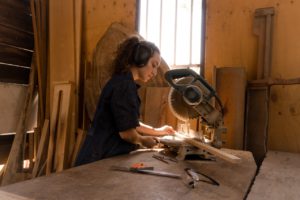
Choosing the right tool for the job extends beyond pencils to other areas of construction and home improvement, such as installing cavity sliding doors. Much like how the carpenter pencil is designed for specific tasks, cavity sliding doors are a specialized solution for maximizing space and enhancing the functionality of a home or workspace.
Cavity sliding doors, which slide into a recess in the wall rather than swinging open, offer numerous advantages in terms of space-saving and aesthetic appeal. They are particularly beneficial in limited spaces, such as small apartments, bathrooms, or closets. Installing these doors requires precise measurements and markings, where using a carpenter pencil can be invaluable. Ensuring the door tracks and frames are correctly aligned is crucial for smooth operation and long-term durability.
Just as the carpenter pencil creates clear, precise marks, cavity sliding doors create a sleek, discreet entryway that maximizes the available space. Integrating such specialized tools and solutions reflects the broader principle of using the right tool for the right job, whether marking a cut line on a piece of wood or designing a functional, stylish living space.
The difference between success and failure in construction and woodworking often lies in the details. With its durable design and versatility, the carpenter pencil provides artisans with a reliable tool for making precise marks on various surfaces. While regular pencils have their place in everyday tasks, the specialized nature of the carpenter pencil makes it an indispensable tool for professionals.
Similarly, cavity sliding doors demonstrate the importance of choosing the right solution to meet specific needs. Artisans and homeowners alike can achieve greater efficiency, accuracy, and satisfaction in their projects by understanding the unique advantages of each tool and application.







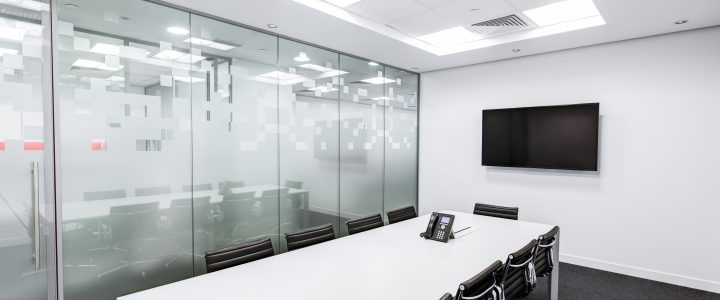





















 When you meet someone in a media event or in a meeting, exchanging your business cards helps another individual match your face with your name and remember you greater (rather than on social media). Additionally, when you hand out your business card, you are giving them a reason to follow up with you and a call to action. This manner, they can call or email you back or at least buddy you on LinkedIn. And in saying that, social media is still one of the best ways to connect with your network and people you meet. But when you decide to hand out a personally designed business card, means that they can put a face to the name, and will remember you better than a simple invite on LinkedIn or Twitter.
When you meet someone in a media event or in a meeting, exchanging your business cards helps another individual match your face with your name and remember you greater (rather than on social media). Additionally, when you hand out your business card, you are giving them a reason to follow up with you and a call to action. This manner, they can call or email you back or at least buddy you on LinkedIn. And in saying that, social media is still one of the best ways to connect with your network and people you meet. But when you decide to hand out a personally designed business card, means that they can put a face to the name, and will remember you better than a simple invite on LinkedIn or Twitter.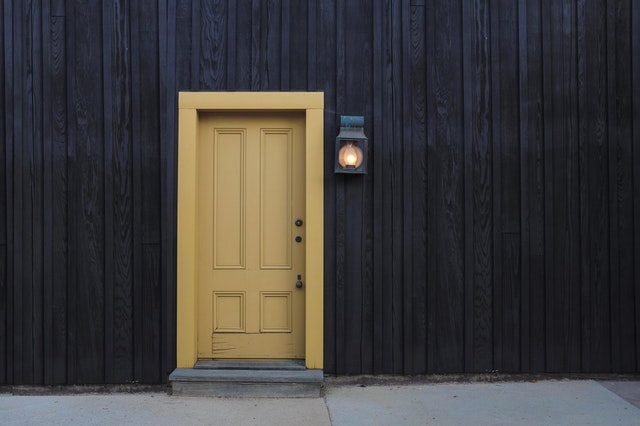
 UV radiation may be high even on cool and overcast days. This means that you cannot rely on clear skies or high temperatures to ascertain when you will need to protect yourself from sunlight. The UV index is reported daily by the Bureau of Meteorology, and the alert identifies times during the day once the UV level is 3 or over and sun protection is necessary. As well as appearing on the Bureau of Meteorology site, the alert is published in the weather section of daily newspapers, on Cancer Council Australia’s home page and as a program for smartphones. Download the SunSmart app for iOS or Android and keep an eye on the UV levels throughout the day. The SunSmart UV app lets you know that applying sunscreen should be applied 20 minutes before exposure to UV in order to make the intended protective barrier on your delicate skin. It should be applied liberally and evenly applied to dry and clean skin. For an adult, the recommended program is 5ml (approximately 1 teaspoon) for each arm, leg, body front, body back and face (like ears and neck). That equates to a total of 35ml (roughly seven teaspoons) for a full body application. Sunscreen should always be reapplied at least every two hours regularly, irrespective of the water resistance of the sunscreen.
UV radiation may be high even on cool and overcast days. This means that you cannot rely on clear skies or high temperatures to ascertain when you will need to protect yourself from sunlight. The UV index is reported daily by the Bureau of Meteorology, and the alert identifies times during the day once the UV level is 3 or over and sun protection is necessary. As well as appearing on the Bureau of Meteorology site, the alert is published in the weather section of daily newspapers, on Cancer Council Australia’s home page and as a program for smartphones. Download the SunSmart app for iOS or Android and keep an eye on the UV levels throughout the day. The SunSmart UV app lets you know that applying sunscreen should be applied 20 minutes before exposure to UV in order to make the intended protective barrier on your delicate skin. It should be applied liberally and evenly applied to dry and clean skin. For an adult, the recommended program is 5ml (approximately 1 teaspoon) for each arm, leg, body front, body back and face (like ears and neck). That equates to a total of 35ml (roughly seven teaspoons) for a full body application. Sunscreen should always be reapplied at least every two hours regularly, irrespective of the water resistance of the sunscreen. Swimming, sport, sweating and towel drying can reduce the effectiveness of the product, so sunscreen should always be reapplied after these activities to ensure maximum protection for your skin. Cancer Council recommendeds purchasing medical supplies from Melbourne, such as UV protective sunscreen, which you can buy on the Cancer Council Shop. They are also now selling Sun protection for babies. It is important to make certain that babies are well shielded from sunlight. Childhood sun exposure contributes significantly to the lifetime risk of skin cancer, and infants’ skin can burn easily as they are more sensitive to the light than adults.
Swimming, sport, sweating and towel drying can reduce the effectiveness of the product, so sunscreen should always be reapplied after these activities to ensure maximum protection for your skin. Cancer Council recommendeds purchasing medical supplies from Melbourne, such as UV protective sunscreen, which you can buy on the Cancer Council Shop. They are also now selling Sun protection for babies. It is important to make certain that babies are well shielded from sunlight. Childhood sun exposure contributes significantly to the lifetime risk of skin cancer, and infants’ skin can burn easily as they are more sensitive to the light than adults.  building in Holland Park. To revive the hollow concrete construction, the space was redesigned by architect John Pawson. The new building is three times bigger than its previous location, with a single permanent collection screen, two temporary exhibition display plinths, two stores, a restaurant, studio room, a record and plethora of other nooks. The new museum aims to be a hub for “modern architecture and design and an international showcase of design abilities”. Here, the individual designers and studios tasked with filling the area discuss their role in designing the museum, the character of communication to a diverse and worldwide audience with varying degrees of knowledge and the significance of the institution’s new residence.
building in Holland Park. To revive the hollow concrete construction, the space was redesigned by architect John Pawson. The new building is three times bigger than its previous location, with a single permanent collection screen, two temporary exhibition display plinths, two stores, a restaurant, studio room, a record and plethora of other nooks. The new museum aims to be a hub for “modern architecture and design and an international showcase of design abilities”. Here, the individual designers and studios tasked with filling the area discuss their role in designing the museum, the character of communication to a diverse and worldwide audience with varying degrees of knowledge and the significance of the institution’s new residence. Do you remember what you had been taught while growing up studying the sport of basketball? The basic foundations of the game, the different tactics and set plays?
Do you remember what you had been taught while growing up studying the sport of basketball? The basic foundations of the game, the different tactics and set plays?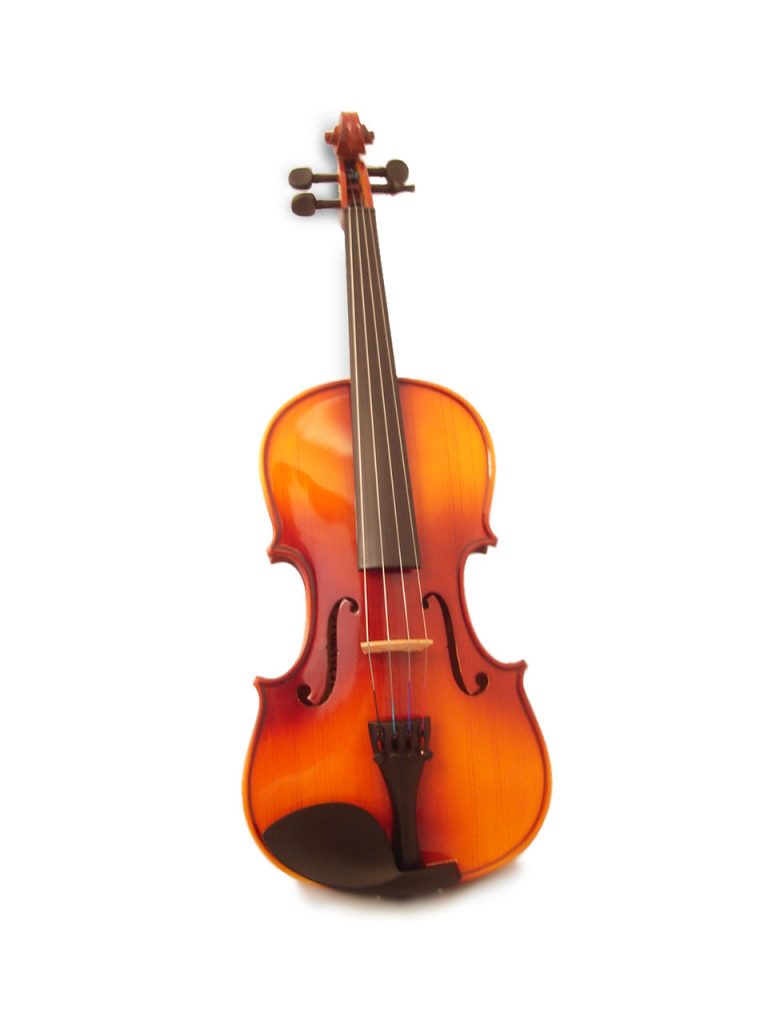 Although live music has been big business for the entertainment industry for well over one hundred years, there has never been as many progressive changes as we have witnessed in the past decade or two. The most obvious being the advantages of the internet (including social media) and the ability to share not only the music itself but also news of up and coming artists, tours, and other music related news and facts.
Although live music has been big business for the entertainment industry for well over one hundred years, there has never been as many progressive changes as we have witnessed in the past decade or two. The most obvious being the advantages of the internet (including social media) and the ability to share not only the music itself but also news of up and coming artists, tours, and other music related news and facts.

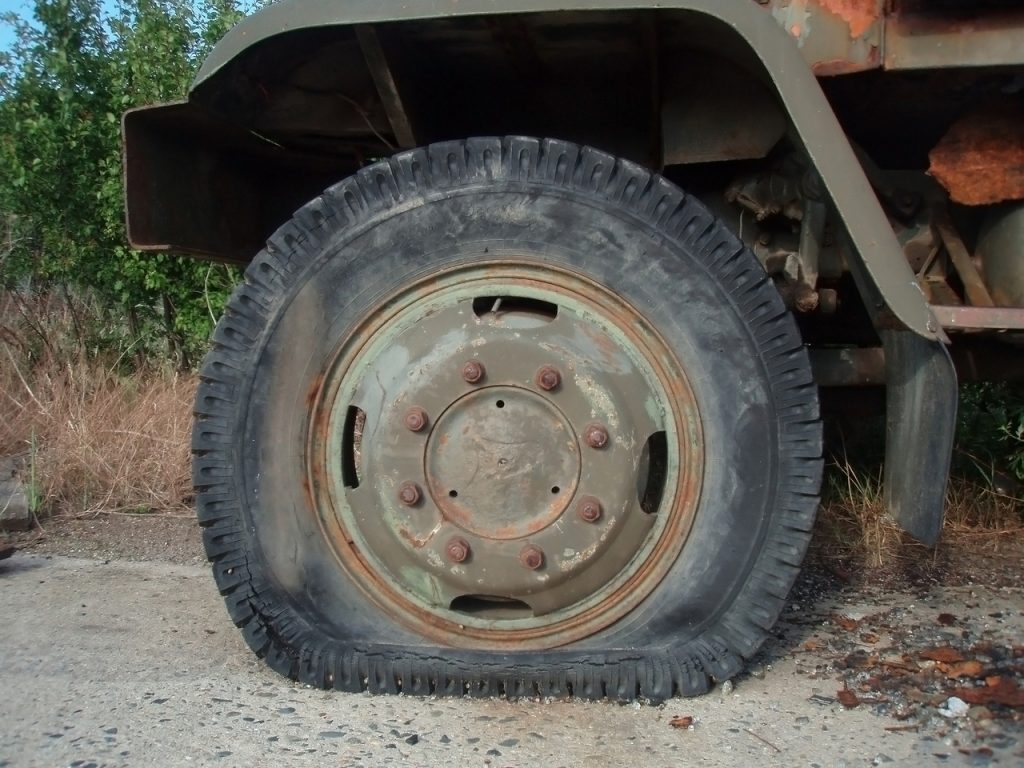


 “No matter who takes home the reward, the genuine winners are the people who will not need to spend the night in the cold because of the effort of these students,” Linda Nguyen, CEO of WorkForce Central in Tacoma, stated in a press release. She said that building trade students are establishing sought-after skills and abilities with engineered timber products, due to an increasing demand for more sustainable methods of construction and development especially when the long-term disadvantaged are involved. “Pierce County’s building sector is growing much faster than anywhere else in the state, and we anticipate to see such a development continue for at least the next 6 years,” Nguyen included.
“No matter who takes home the reward, the genuine winners are the people who will not need to spend the night in the cold because of the effort of these students,” Linda Nguyen, CEO of WorkForce Central in Tacoma, stated in a press release. She said that building trade students are establishing sought-after skills and abilities with engineered timber products, due to an increasing demand for more sustainable methods of construction and development especially when the long-term disadvantaged are involved. “Pierce County’s building sector is growing much faster than anywhere else in the state, and we anticipate to see such a development continue for at least the next 6 years,” Nguyen included.